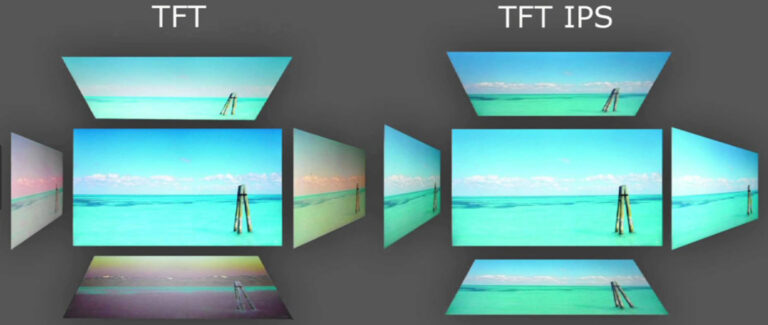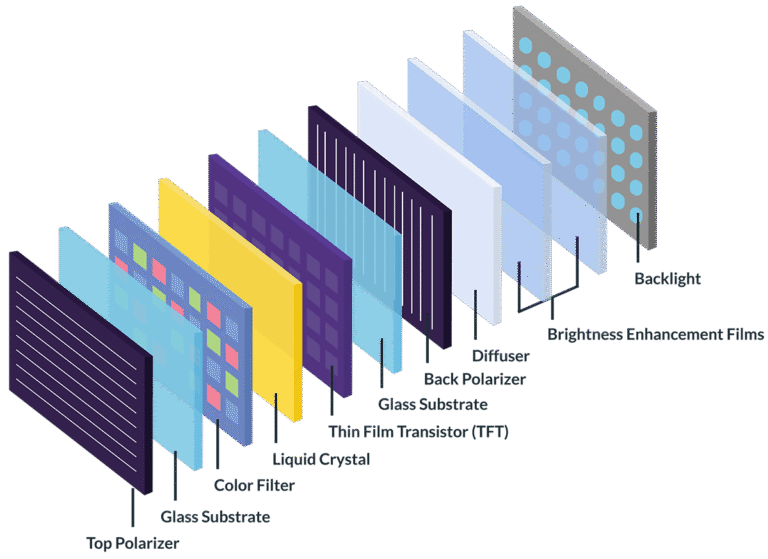
Introduction
Video production has always evolved alongside technology. From the early days of film reels to the rise of mobile editing apps, each wave of innovation has reshaped how stories are told. Now, we’re in the midst of another transformation: AI Video Production is emerging not just as a technical breakthrough, but as a creative one.
This isn’t just about automating tedious edits or reducing costs. It’s about expanding the boundaries of what creators can imagine and produce—even with limited resources.
What Exactly Is AI Video Production?
AI Video Production refers to the use of artificial intelligence tools and techniques to create, assist, or enhance video content. These tools can:
- Generate realistic scenes from text prompts
- Clone voices or facial expressions
- Create 3D environments without complex modeling
- Automate editing processes like color correction, cuts, or subtitles
Leading platforms in the space—such as Sora, Runway, and Luma—offer a glimpse into how sophisticated and seamless this technology is becoming.
A New Era of Creative Freedom
One of the most exciting aspects of AI video is how it empowers small teams to think on a large scale. For example:
- Global Storytelling Without Global Travel: Need a jungle, desert, or Mars-like terrain? AI can render scenes that once required an international shoot—or an expensive set.
- Endless Iterations: Want to experiment with five different backdrops or three voiceover styles? AI allows for rapid testing without reshoots.
- Cost-Efficient Training Videos: Companies can generate high-quality onboarding or training videos without hiring talent or booking studio time.
This isn’t about replacing creativity—it’s about removing logistical barriers that once restricted it.
Ethical Boundaries and Creative Choices
Of course, AI video raises questions, too. Is it ethical to use synthetic actors? How do you ensure transparency with generated content? Should AI-enhanced videos disclose their nature?
While regulations are still catching up, many responsible creators are adopting hybrid workflows. This means combining live-action footage with AI-generated elements, and being transparent about what’s real and what’s virtual.
From Brands to Indie Creators: Who’s Using It?
Major brands have already embraced AI video for commercials and campaigns. Coca-Cola, for instance, created a visually stunning ad combining real and AI-generated elements. But it’s not just corporations. Independent creators, educators, and nonprofit storytellers are also using AI to communicate in fresh, compelling ways.
The tools are democratizing production—allowing anyone with a story to tell, and a bit of vision, to bring their ideas to life.
Looking Ahead
The role of AI in video production will only continue to grow. But instead of thinking of it as a replacement for traditional filmmaking, it may be more helpful to view it as a collaborator—a toolset that enhances human creativity, not one that erases it.
For those willing to explore, experiment, and adapt, the creative horizon has never been wider.
Read more: Lavamedia.us



